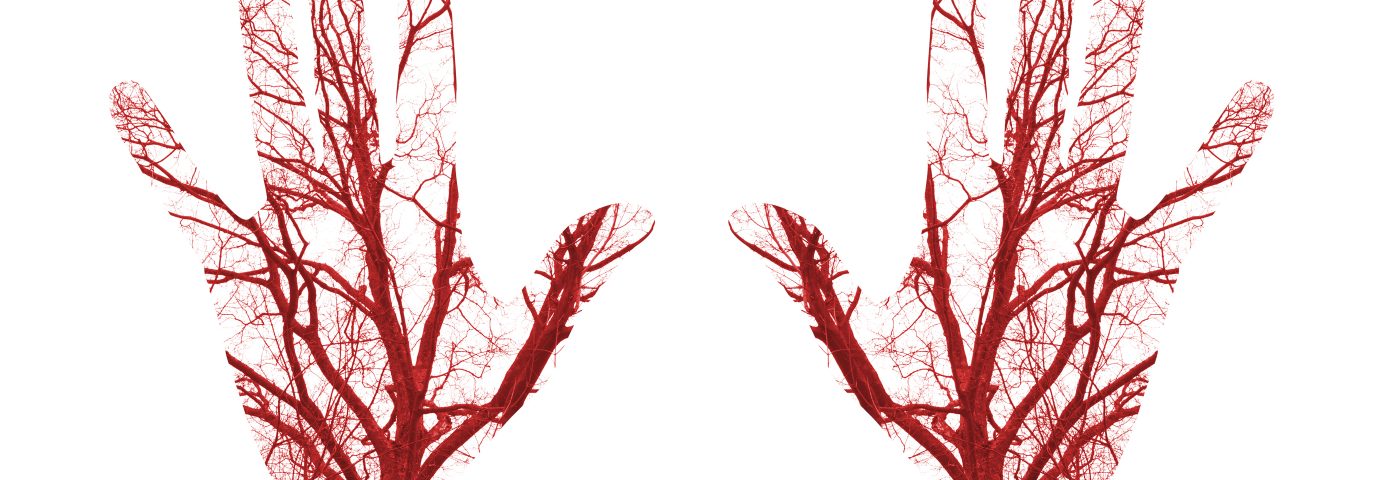A 17-year-old girl presented Raynaud’s penomenon symptoms as a clinical signal of the recurrence of paraganglioma (PGL), a very rare tumor.
The findings were reported in a case study titled “Raynaud’s Phenomenon: Revisiting a Rare Sign of Pheochromocytoma/Paraganglioma,” published in the journal Urology.
Pheochromocytoma and PGL are very rare tumors that cause an excess of hormones called catecholamines, such as metanephrine, norepinephrine (noradrenaline), epinephrine (adrenaline), and dopamine. As a result, patients suffer from hypertension, which can lead to cardiac problems and stroke.
The diagnosis of PGL is based on biochemical testing to assess plasma levels of catecholamines. In addition, MRI imaging scans help localize the tumors, and molecular genetic testing identifies the presence of specific gene mutations.
PGL patients usually have headaches, palpitation, anxiety, and excessive sweating (diaphoresis), but they rarely present Raynaud’s phenomenon symptoms. However, in this study, researchers reported the case of a teen girl who had episodic blanching of fingers of both hands as the only clinical clue of PGL recurrence.
Three years before, the girl was diagnosed with single secretory nonmetastatic abdominal PGL. Her plasma levels of normetanephrine, a metabolite of norepinephrine, were 1,450 pg/mL, high above the reference range of 0-180 pg/mL. She was negative for gene mutations, suggesting a non-hereditary form of the tumor.
The girl underwent surgery to remove the tumor and her hormone levels returned to normal, which is known as biochemical remission.
Now, the research team found that the girl’s Raynaud’s symptoms were associated with a recurrence of PGL. She presented increased levels of normetanephrine (2,550 pg/mL), and imaging scans confirmed the presence of metastasis.
She was treated with Minipress and Norvasc to control her high blood pressure caused by the increased levels of adrenaline. This medication reduces the arterial spasms responsible for vasoconstriction. She also received intravenous bisphosphonate for skeletal metastasis, and plans were made for her to undergo radiotherapy.
It is known that increased levels of catecholamines induced by pheochromocytoma/PGLs cause several blood circulation problems, which is also a problem in Raynaud’s phenomenon; primarily cyanosis, which is a bluish discoloration due to blood deoxygenation.
Researchers believe the Raynaud’s symptoms seen in the girl were the only clinical manifestation of pheochromocytoma/PGLs recurrence, and that it might be “due to peripheral cutaneous vasospasm of arteries and arterioles along with secondary vasodilatation of capillaries and venules leading to cyanosis, mediated by epinephrine/norepinephrine secreted by pheochromocytoma/PGL,” they wrote.


